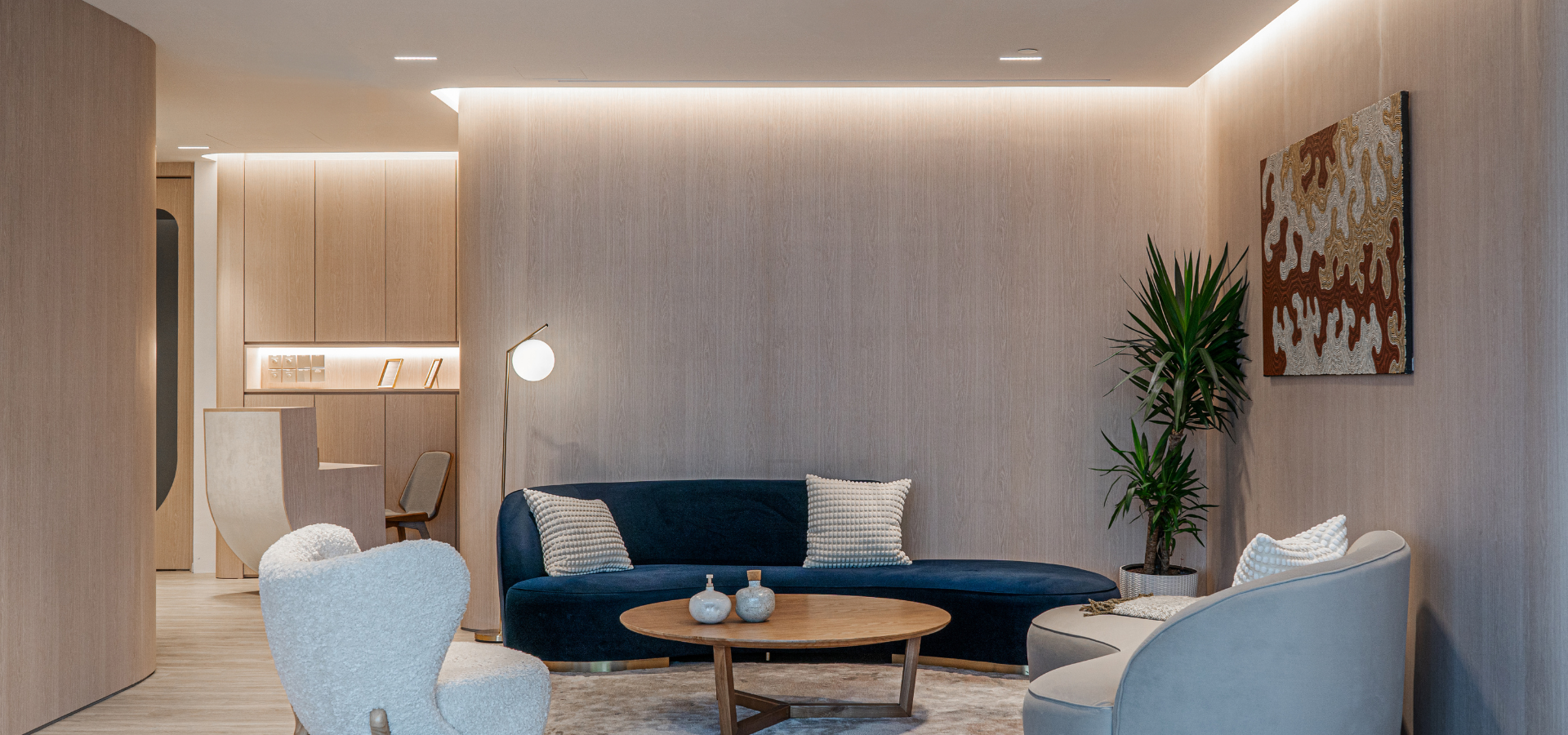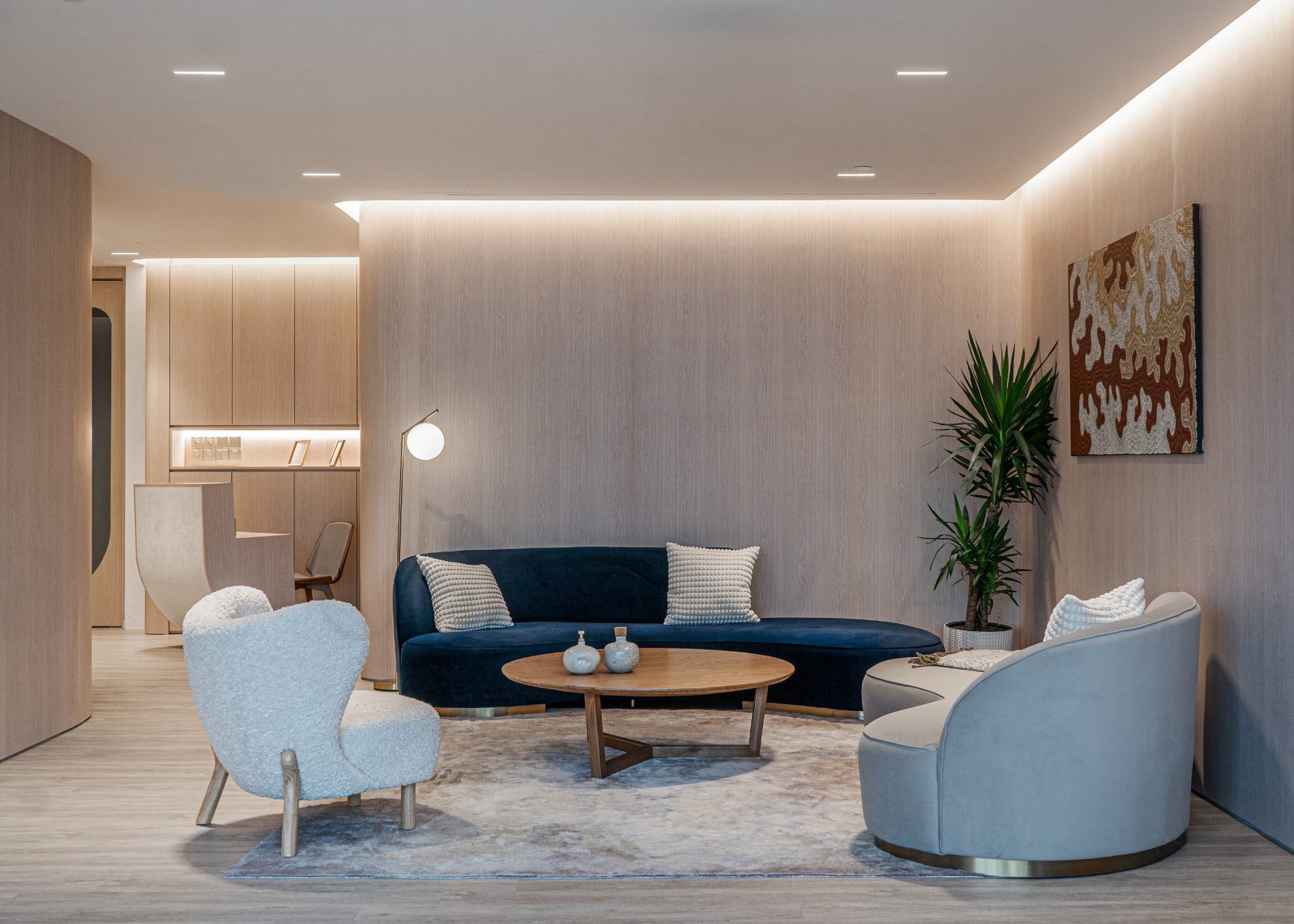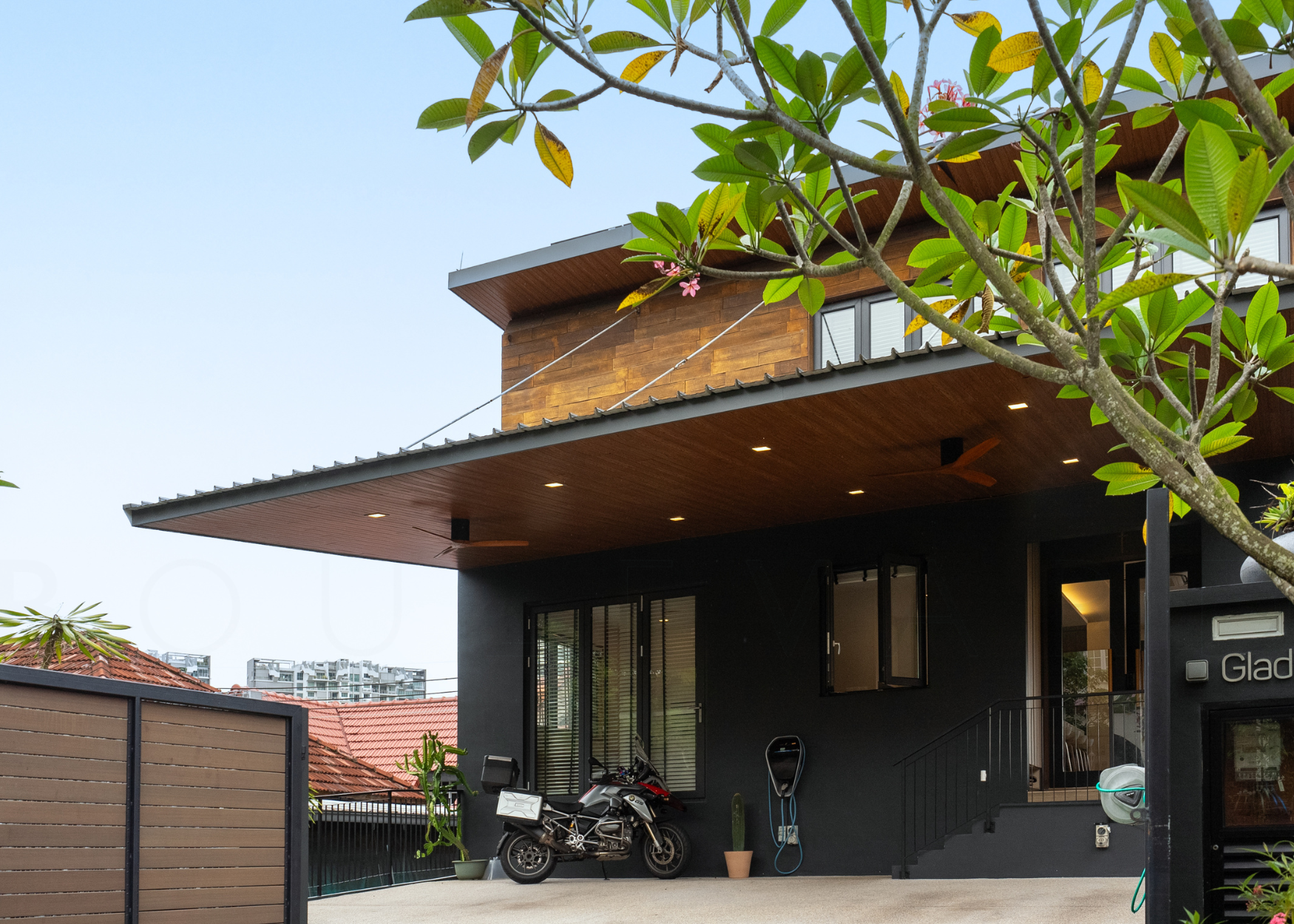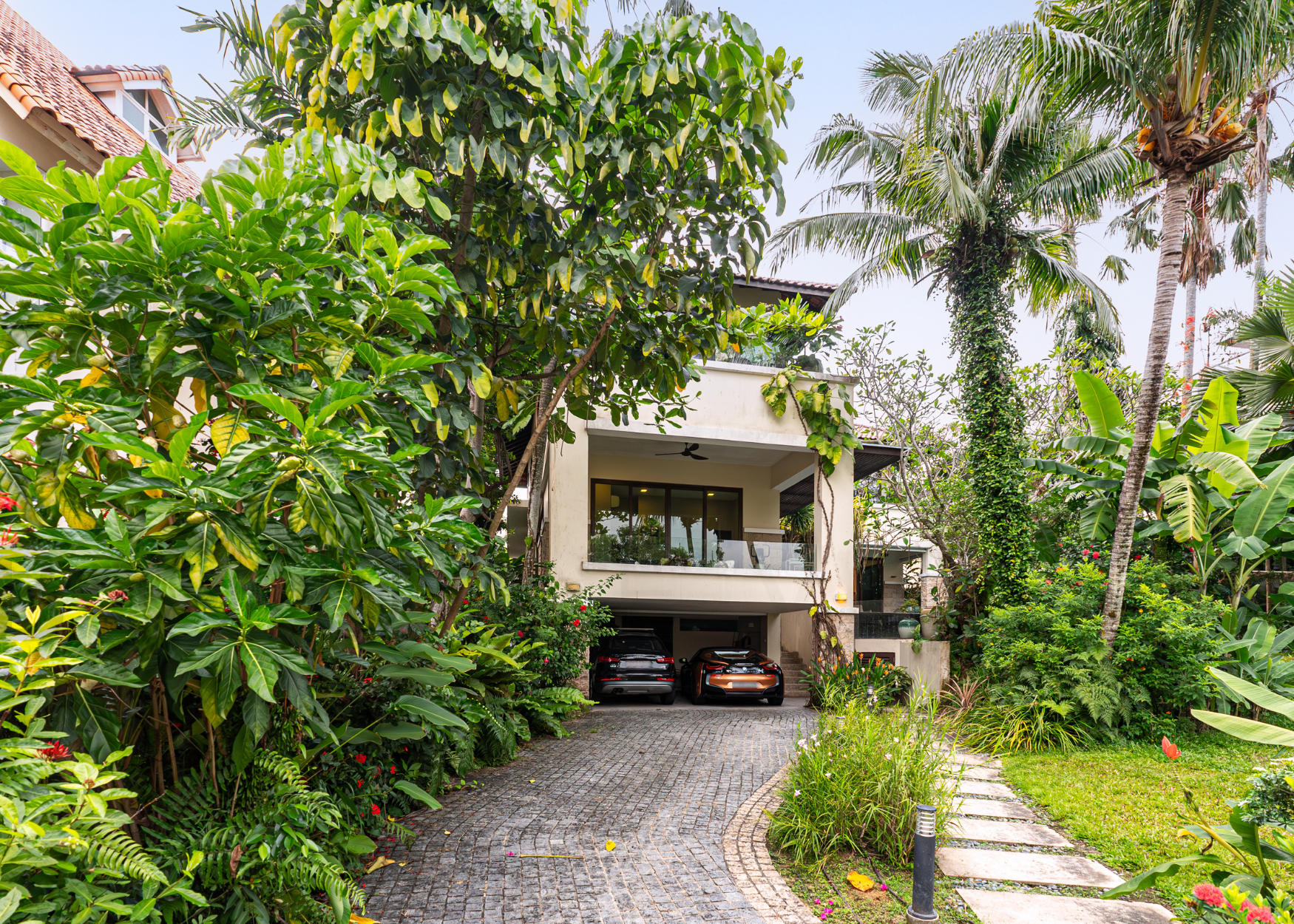The interview: Prof. Andrea Maier antagonises ageing at Chi Longevity clinic
Far from the sensationalism of stem cells and gene editing, ice baths and transfusions, the cutting edge of longevity is increasingly a question of data: your personal biological clock – and how to wind it back. Gerontologist and total medicine specialist Professor Andrea Maier has opened a new clinic, Chi Longevity, to discover who you really are, and how to antagonise your ageing process.
Boulevard: Congratulations on your launch of Chi Longevity! So what’s the goal? Why do clients come to you – to live forever?
Prof. Andrea Maier: Thank you – I’m a total medicine specialist, and the clinic is all about evidence-based longevity. We know what works, and we implement it into clinical practice. It’s a new specialisation within the medical system, called ‘healthy longevity medicine’. It’s about optimising health while antagonising ageing processes. Within any group – say 40 year olds – there will be a range of individuals who are more healthy and those who are less so. And in the middle is the norm. Well, we think normal isn’t good enough, because you can optimise your health, and how your body is functioning.
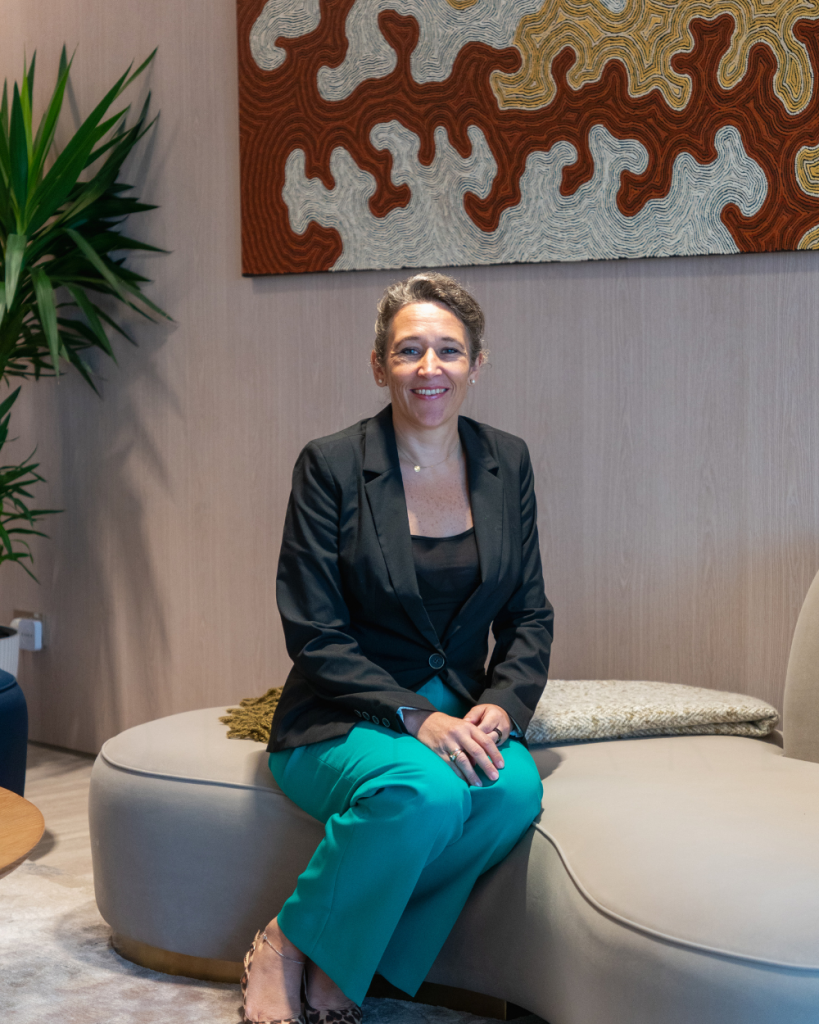
Blvd: How do you go about antagonising ageing? Where do you start?
Maier: We start with tea or coffee, because we really love to get lots of body fluids into the analysis! The first eight weeks is about discovery, and we do a lot of examinations: sensory system, neurological, cardiac. Genetics, epigenetics, microbiome. We do cognitive testing. And in the meantime we have the digital phenotyping – wearable devices that track physiological systems. We can track sleep quality, heart rate, and how the body reacts to food and exercise. We put clients on the bike, to look at what kind of exercise is right for that individual, and combine that with genetic data.
We want to identify what’s happening in the cells – in each of the 100 trillion cells in your body. The energy consumption might be too high, the number of mitochondria too low; there could be gene damage.
And then we have this amazing device from the Netherlands – the idea is that your body accumulates molecules that reflect light differently if the molecules are damaged. We can use those reflections to measure how much damage there is, and also to measure future progress.
So after eight weeks of discovery, we’re able to show you who you really are.
Blvd: And presumably you can do something about that – who we are, how hard we’ve lived?
Maier: Yes! Then we’re into intervention. For the next six to seven months we trial modifications of lifestyle, supplements, repurposed drugs; we might advise you to do this resistance training, or that endurance training, based on the unique makeup of your biology, your clinical phenotype, your habits and needs, and even your psychology, the social and physical environment.
Blvd: Do clients come to you looking to fix or improve certain conditions?
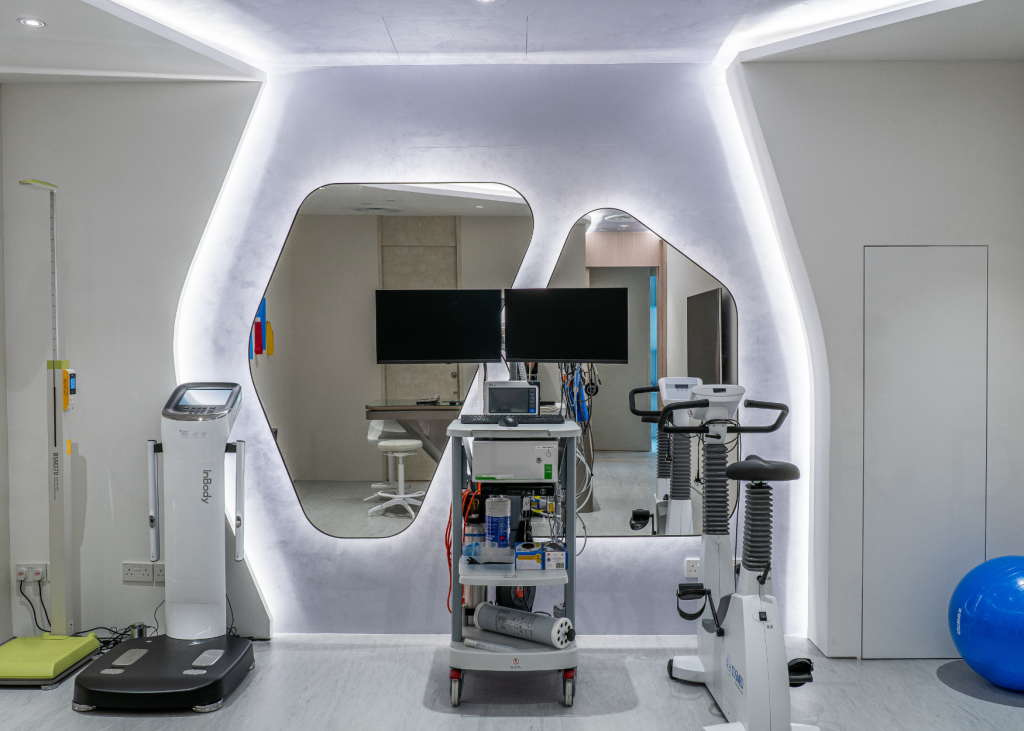
Maier: A lot of clients come to us simply because they’re curious. But others are fatigued, or they have a goal – they want to climb Mount Everest. Some come with age-related diseases, and want to know if we can target and optimise that rather than just deal with the symptoms.
Blvd: And are the treatments as individual as the results? Or are there supplements and things that everybody benefits from?
Maier: It’s all extremely individual. Take vitamin-D for example; there are five different genes that show how good your body is at metabolising and storing vitamin-D.
And because sunlight is required to activate it, we also want to know how much time you spend out in the sun. So it’s not the case that everybody should benefit from taking a certain supplement, and moreover, the dosage they need is individual. We can tailor that advice based on genetics and social environment.
Blvd: And what sorts of treatments or interventions are we talking about?
Maier: It’s often not recognised that lifestyle is the category with the most potential. If we change and optimise lifestyle, there’s often a gain of eight to 10 years. No other treatment at the moment can do that. But it’s not a question of generic WHO guidelines and how much exercise or sleep the average person should be getting – so many minutes or hours for everybody – it’s specific, it’s personalised.
Under the lifestyle umbrella, firstly, we have diet advice: based on the genome and microbiome, there’ll be very specific advice, what to eat, what not to eat, how much to eat. And then there’s when to eat, which could involve intermittent fasting. We know that certain ingredients – cucumber, or strawberries, or raspberries, for example – certain ingredients will influence cellular activity and how you age.
You also have to keep the microbiome healthy. You have roughly two kilograms of microbes inside you, and gut health influences the immune system and inflammation. So we look at how the genes in the microbiome are connected. Not everybody needs to take prebiotics. The same goes for probiotics and postbiotics.
Then you have exercise, and the two big options here are resistance exercise training and endurance training, as well as normal physical activity during daily life. Based on your genotype, your habits, but also your muscle mass, strength and power, you have to find the right balance.
Sleep is also very important, and we know that some genes influence the quality of sleep. 150 minutes of physical activity and eight hours of sleep a day are just too general. We can analyse how the body responds to coffee and alcohol.
Blvd: What are the systems in the body that you’re trying to influence? Where do you get the most gain?
Maier: There are 11 physiological systems in the body – the brain, skin, the immune system, the heart, bones, etc – and the clinic measures all of them and creates a very nice dashboard. And from there, it’s all about what to target first. You can’t work on everything. We want a quick win – a return on investment.
After lifestyle interventions, it’s the supplements. And this is evidence based. It’s about your specific needs as well as which supplements actually work.
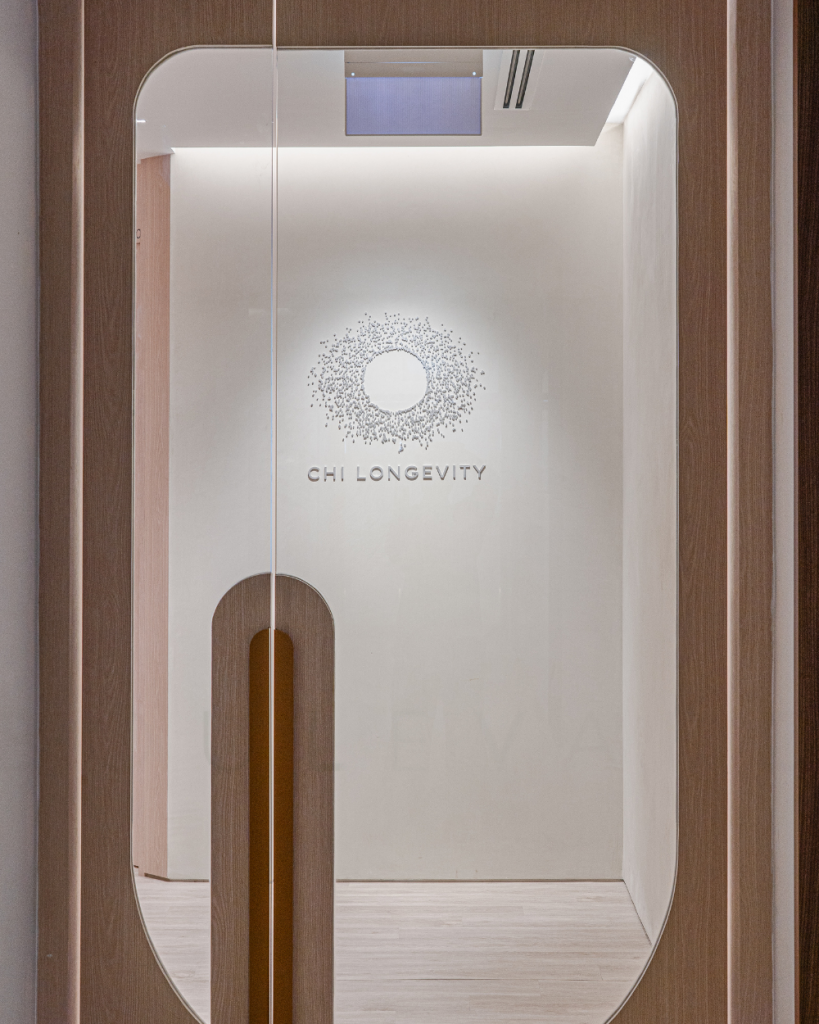
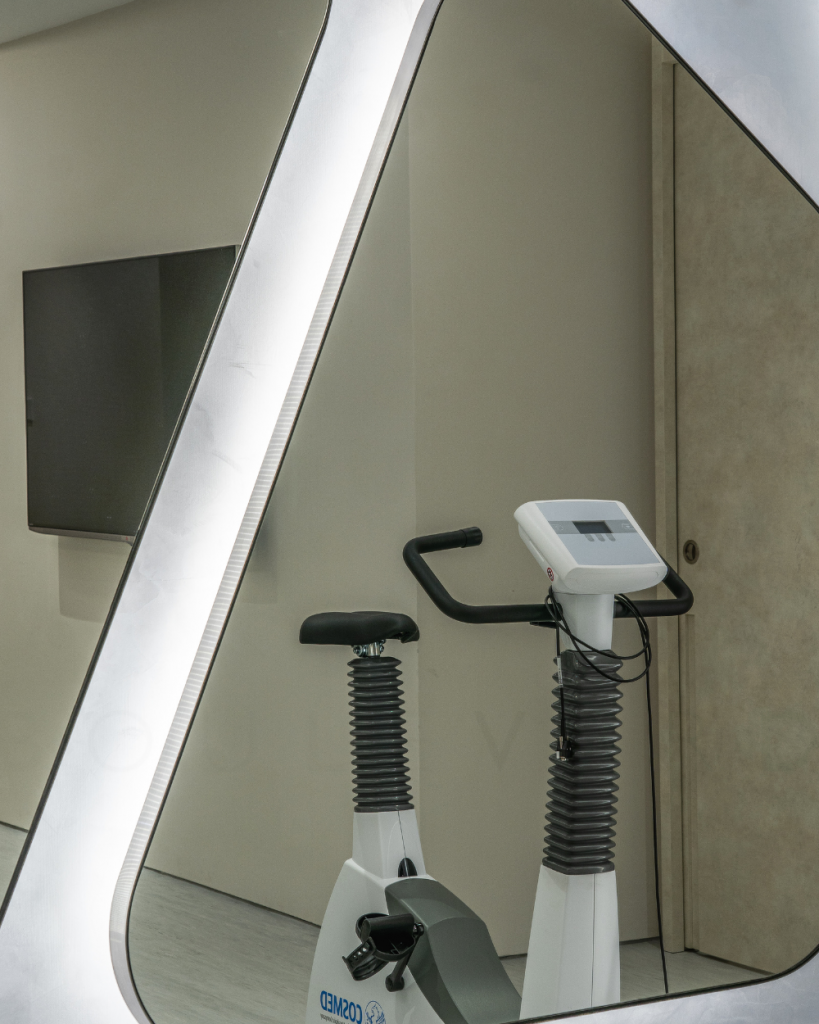
Blvd: You hear a lot about supplements being ineffective, inactive.
Maier: Yes! We recently did an analysis of over-the-counter supplements, and found that in 20 to 30% of the bottles we bought, one of the active ingredients that should have been there just wasn’t there. We test before we give supplements to make sure of what’s in the bottle.
Often at our consultations, people will bring in the supplements they’re taking, and there’ll be 20 or 25 bottles, and we say, alright, let’s see what you really need. As people age, they accumulate medications. And even younger people are often biohacking and end up with numerous bottles of supplements, etc. And we don’t know what interference there is between so many supplements, and medications.
Nicotinamide mononucleotide – MNMs – are very interesting, they’re prescribed to boost the energy in the cells. That’s the theory. And we know that the energy level goes down with age. But before giving MNMs, we first want to test how much energy the cells have. Because we want to establish the need, before providing the solution. Not everybody needs a multivitamin – the ageing process of each person is different – and I never want to expose the body to therapies it doesn’t need. We don’t expose the body to more resistance training if the quality of the muscle is already good; we don’t expose the body to supplements if it’s not needed.
Blvd: What have been the big advances in the last five years or so?
Maier: One of the most important things is the diagnostics – the ageing clocks, and how to measure the biological age. I do the intervention and then I can measure again. We want to quantify your return on investment at that moment of time. And five years ago, we didn’t really know how to do this.
And this is why I call it evidence-based healthy longevity medicine. It’s quite a new speciality. We don’t want to wait until someone has a disease. We get to know you, and we quantify who you are, using biological age clocks. So we analyse the age of each organ. These are the diagnostics of healthy longevity. And the idea is to change time – to improve the biological age. We want you to gain biological years.
Blvd: To what extent is the medicine influenced by people or communities who do trend above average longevity?
Maier: I’ve spent 25 years studying nonagenarians and centenarians, pulling together data from all these individuals. We’ve looked at their genes, their habits, their microbiomes; we know what their social habits are; and you see these “blue zones” in California, Japan, in Sicily, where longevity is enriched, and very likely because of where they are and what they eat. But we also learn from their genetics. What we discovered is that most of the time, it’s not so much the case that they have genes that make them long-lived. Rather, these individuals don’t have the genes that make them sick.
Blvd: What are the most exciting treatments – what’s at the cutting edge?
Maier: The cutting edge is personalised treatments – supplements, etc – based on your individual diagnostics. And in the next five years I think we’ll know much better how to combine therapies for individualised treatment. If we know that the mitochondria – the energy of your cells – is low, and your epigenetics are low, how can combine medications that will tackle both?
Gut health is in its infancy, but every day there’s another article helping us to tweak these ideas. Gene editing is another field of research.
Then there are stem cell therapy and exosome therapies – what the stem cells release. We’re planning trials to see what works, how much, from which organ to get the stem cells, where to inject them – in the blood stream, subcutaneously, joints. That’s super exciting.
And then there’s individual real-time treatments – how to use digital devices to nudge your body at exactly the right time. In 10 years time, I think we’ll not only have supplements in IV and oral forms, we’ll have patches – under the skin or in the fat – that deliver directly based on real-time measurements. Another company I’m involved in is building digital twins to analyse what you could look like, how you could function, what’s the best of you.
We’re also looking at how we can modify the epigenome – can we be in charge of our own genes, what to switch on and off. So if you’ve inherited an undesirable gene that makes you prone to certain diseases, can we switch that off? I’m running a trial at the moment with a supplement to see if it can modify the genetic switches. And we already know that just with physical exercise, and doing certain exercises, we can modify the epigenetic switches and lower the biological age.
Currently we can measure 850,000 switches. And while we can’t yet modify any one individual switch, we know how to improve the overall health. Not super-specific, but on a global level. I think it’s very likely that we’ll be there in the next three to five years.
And this is why I opened the clinic – because now we can measure your biological age, and we have tools to intervene. It might not be as sexy as something like stem cell therapy, but these interventions are much more powerful when linked with the diagnostics.
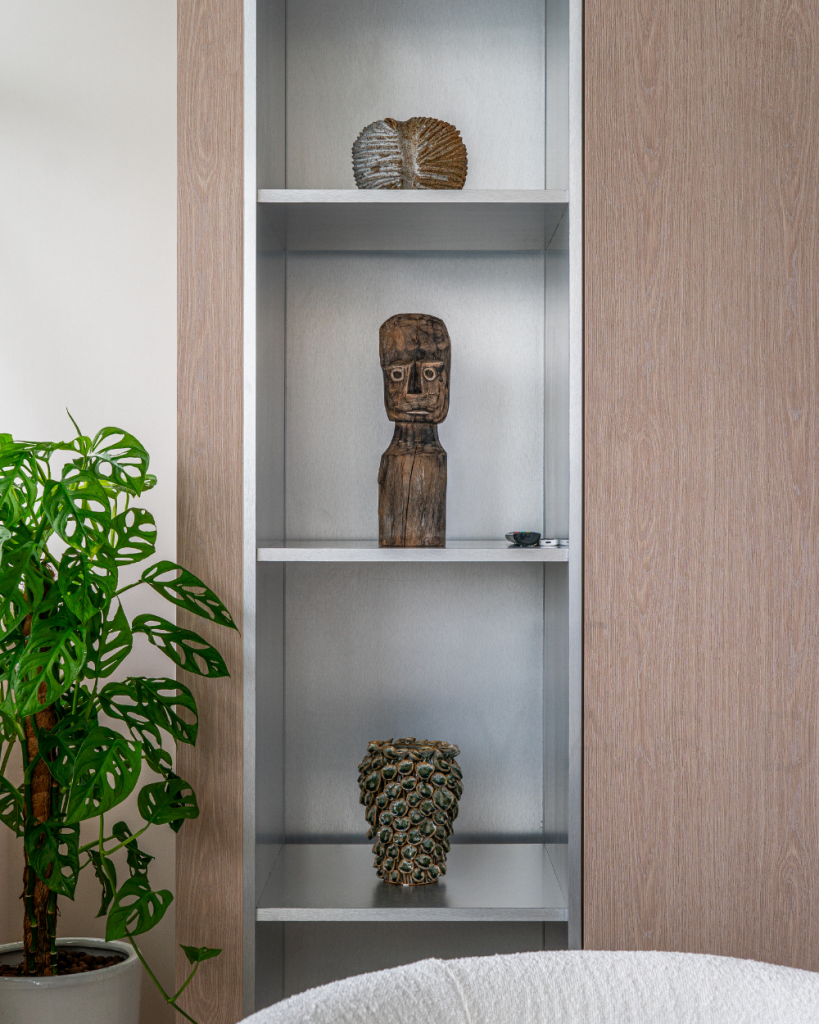
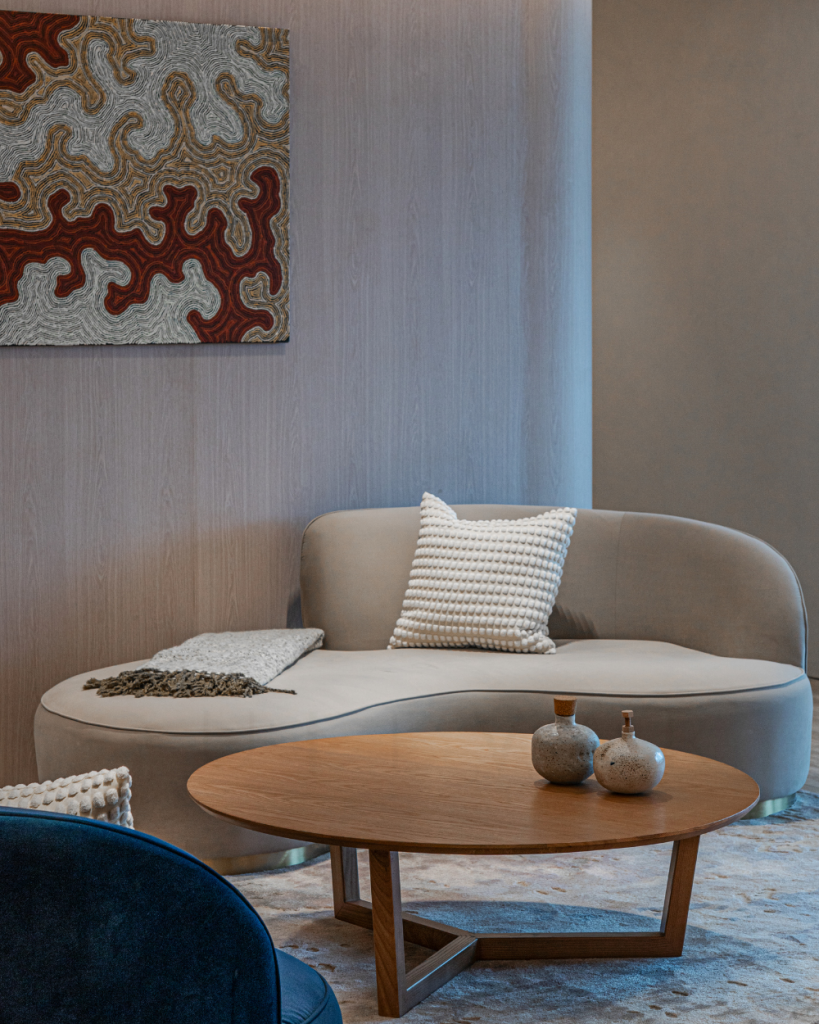
Blvd: And what treatments do you see out there, that don’t work?
Maier: There’s a lot. I’ve seen no evidence supporting plasmaforesis (blood transfusions). Contrast therapy – saunas and ice baths – I wouldn’t call it medicine per se, this is more in the wellness sector. It’s fine to do, but there is not much academic evidence. If it makes you happy, great.
Another thing is hypobaric chambers – there is a little bit of evidence in the cancer field. But there’s not much evidence that it works for ageing. And it can also do damage, because you’re influencing the oxygen levels of your cellular systems.
You have to be careful, because the systems are so complex, and any change could interfere with the system.
Blvd: Will we ever be able to fully antagonise the ageing process?
Maier: I’m not an immortalist. There are a couple of animal model systems where we cannot see that they’re ageing. The naked mole rat, and Greenland sharks, for example. It’s beautiful, how they age and how they antagonise the ageing process, and we’re learning from that.
But at Chi Longevity, we’re more about enlarging the healthspan, rather than the lifespan. The body is so beautiful, in its capacity to change, to modify itself, to self-repair. It’s complex, and it’s beautiful, and I’m not sure that we can compete with the complexity of evolution. That’s certainly yet to come.
